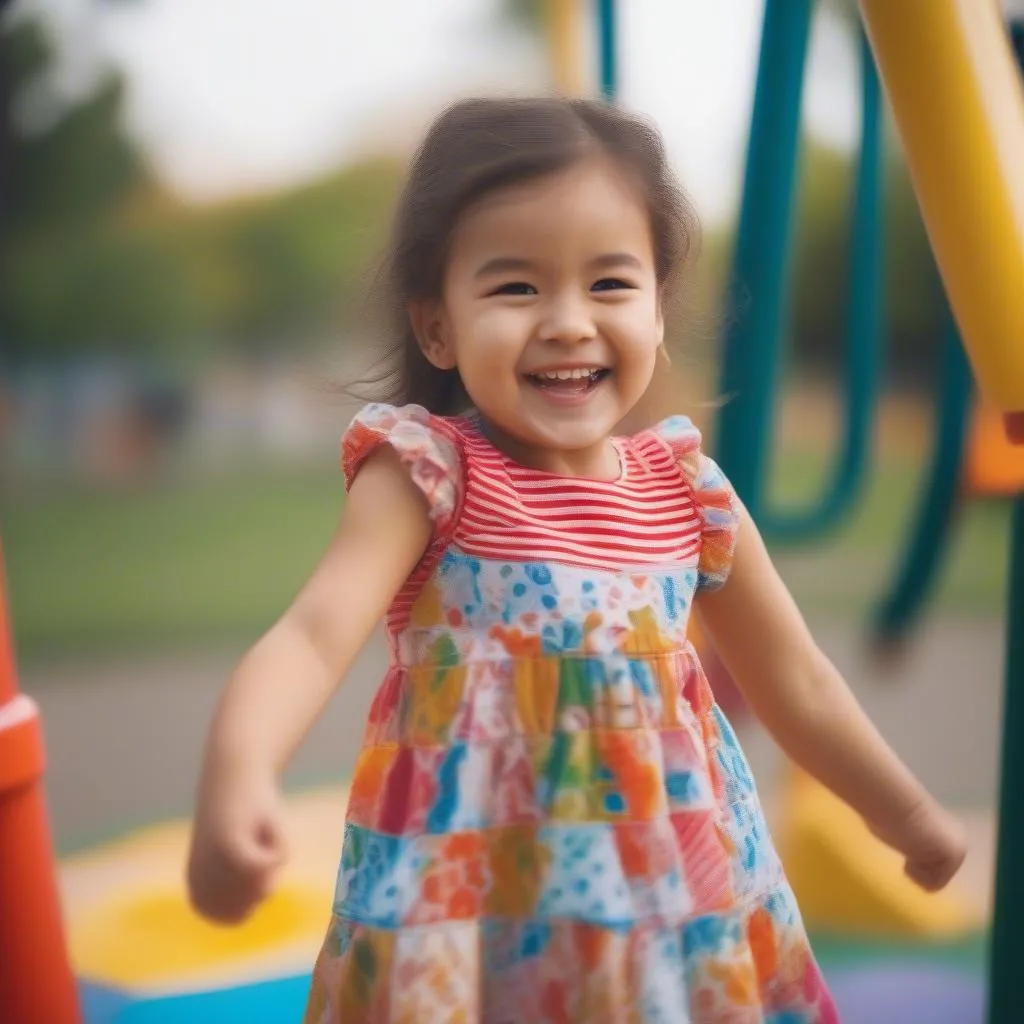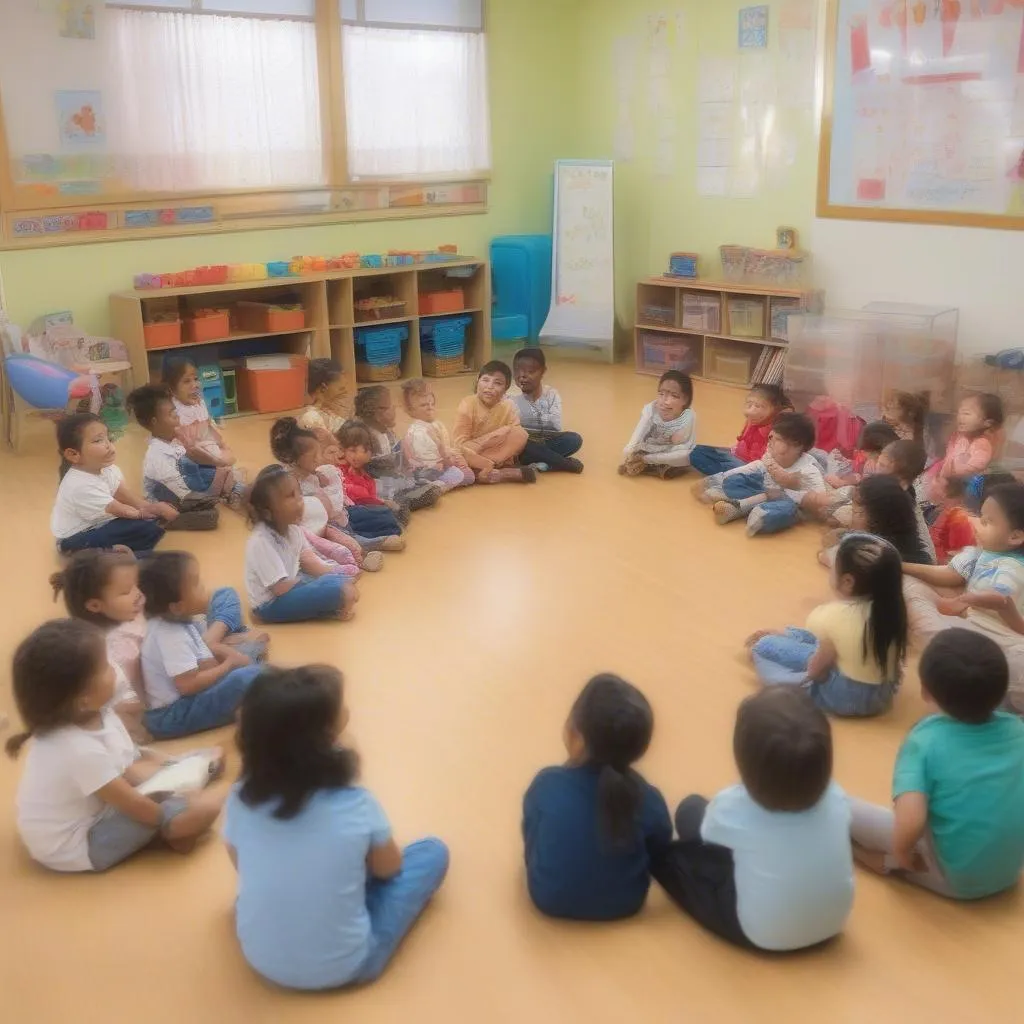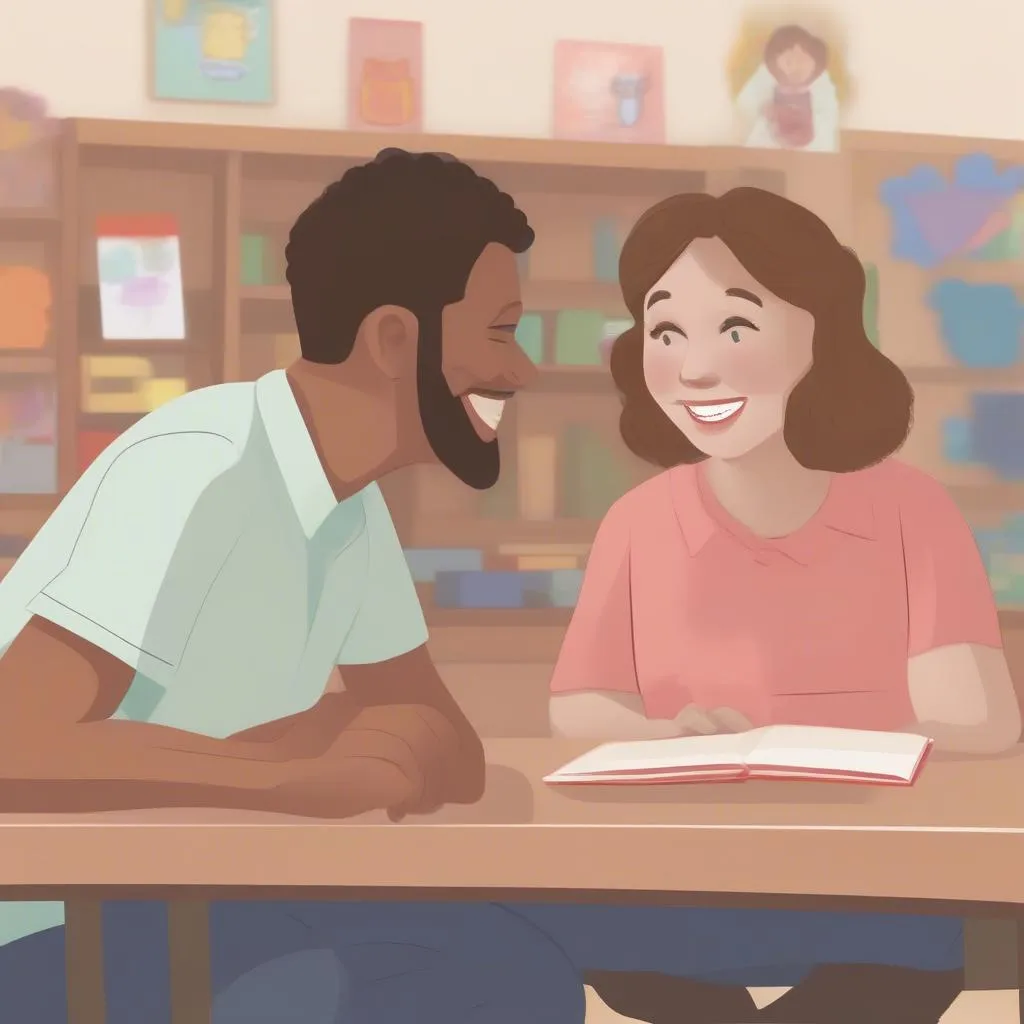“Sow a seedling, reap a generation.” This old proverb speaks volumes about the importance of early childhood education. The social environment in preschool plays a crucial role, forming the foundation for children’s holistic development.
What is the Social Environment in Preschool?
The social environment in preschool encompasses all factors influencing a child’s development within the school setting. This includes:
- Physical Environment: Facilities, equipment, learning materials, and play areas.
- Relational Environment: Relationships between children, children and teachers, children and parents, and other members of the school community.
- Cultural Environment: The preschool’s culture, family cultures, and community cultures, reflected in rules, regulations, customs, and traditions.
- Psychological Environment: The psychology of children, teachers, parents, and other members of the school community.
The Significance of the Social Environment in Preschool
The social environment in preschool is incredibly important for a child’s development. It is a place where they:
- Learn: Children acquire knowledge and life skills through learning activities, play, and communication.
- Develop Social Skills: Learn to communicate, cooperate, share, and help friends.
- Form Character: Children learn how to behave, treat others with respect, develop self-discipline, and understand responsibility.
- Foster Creativity: The social environment encourages children to think, explore, and be creative.
Elements of a Healthy Social Environment in Preschool
To create a healthy social environment in preschool, attention should be paid to the following elements:
- Physical Facilities: Ensuring they are adequate, safe, clean, and appropriate for the age and needs of children.
- Relationships: Building positive, healthy, respectful, and loving relationships between children, children and teachers, and children and parents.
- Culture: Effectively implementing school rules and regulations, and fostering a positive and healthy culture of conduct within the school.
- Psychological Well-being: Cultivating a positive, optimistic, and caring psychological environment, building trust in children.
How to Build a Social Environment in Preschool
To build an effective social environment in preschool, teachers need to:
- Master Child Psychology: Understand the psychological and physiological characteristics, needs, and abilities of children at each age to implement appropriate educational methods.
- Create a Fun and Comfortable Learning Environment: Organize engaging learning and play activities that capture children’s attention.
- Build Positive Relationships with Children: Communicate, talk, share, encourage, and motivate children, building trust and close emotional connections.
- Support and Collaborate with Parents: Establish effective communication channels, regularly exchanging information about children’s learning and play progress.
A Story about the Social Environment in Preschool
“Today is Nam’s birthday. His classmates were excited to prepare gifts and birthday cake for him. But when Nam arrived at class, the teacher noticed he wasn’t happy. When asked, Nam shyly said he forgot to bring gifts for his friends. Hearing this, the teacher gently encouraged Nam, ‘It’s okay, dear. Your friends all love you and are very happy to have you in class.’ The teacher also spent time letting Nam play fun games with his friends. Nam was very happy and felt loved by his friends and cared for by his teacher.” – This is a small story but clearly illustrates the role of teachers in building positive relationships between children, creating a positive and healthy social environment in preschool.
The Importance of the Social Environment in Preschool for a Child’s Future
The social environment in preschool is where future seeds are sown. It plays a vital role in shaping a child’s character and qualities, laying the foundation for their holistic development and becoming valuable members of society.
 Preschool girl playing joyfully in kindergarten
Preschool girl playing joyfully in kindergarten
 A vibrant classroom in a preschool setting, designed for young children
A vibrant classroom in a preschool setting, designed for young children
 Preschool teachers and parents collaborating for children's education
Preschool teachers and parents collaborating for children's education
Conclusion
The social environment in preschool is a crucial factor affecting a child’s overall development. We need to work together to create a safe, fun, and healthy learning environment, helping children develop in the best possible way.
Do you want to learn more about effective preschool education methods? Visit http://tuoitho.edu.vn/mam-non-12-tan-binh/ to find more useful information.
Please share this article if you find it helpful!